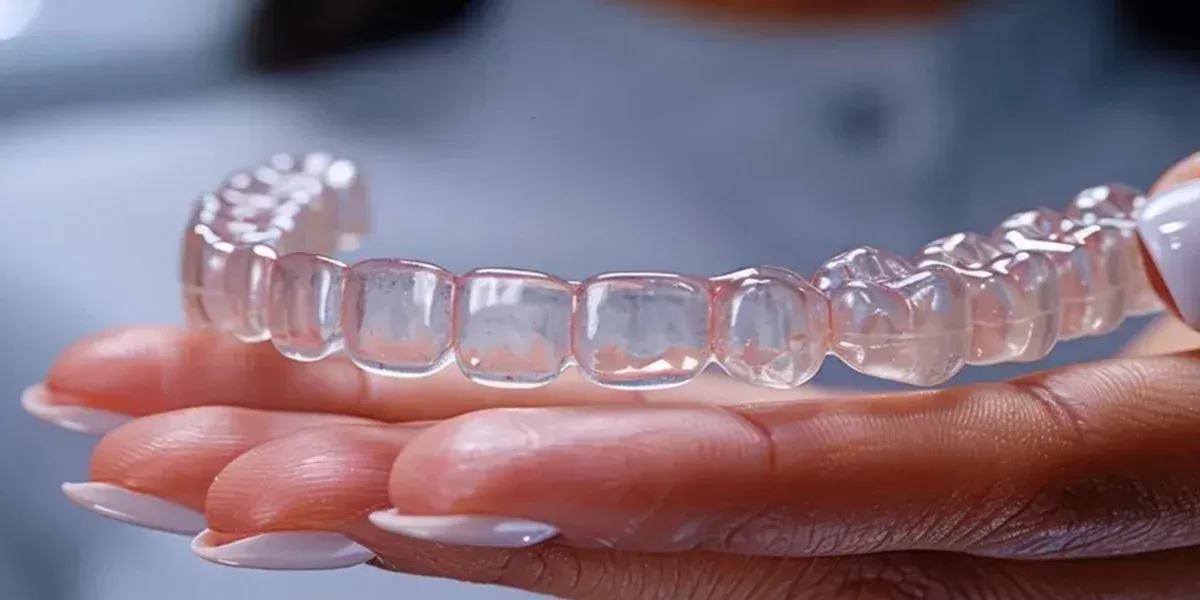Introduction: Composite Bonding and a Beautiful Smile
In the pursuit of the perfect smile, dental professionals have developed sophisticated techniques to enhance facial aesthetics through precise symmetrical corrections. Among these innovations, composite bonding London practitioners have pioneered methods that deliver remarkable results while preserving natural tooth structure.
Understanding Dental Symmetry
Dental symmetry plays a crucial role in facial aesthetics and has been extensively studied, as highlighted in comprehensive research on facial symmetry and its impact on perceived attractiveness. The concept extends beyond mere mirror imaging of teeth; it encompasses the harmonious relationship between dental elements and facial features.
The Science Behind Composite Bonding
Composite bonding represents a sophisticated blend of artistry and scientific precision. The technique utilises advanced resin materials that bond directly to the tooth surface, allowing dentists to sculpt and shape teeth with remarkable accuracy. Modern composite materials have evolved significantly, offering superior durability and aesthetic properties that demonstrate excellent longevity in clinical studies of dental restorations.
Key Components of Symmetrical Bonding
Achieving perfect symmetry through composite bonding requires attention to several critical factors:
- Precise measurement and planning
- Understanding of golden proportions
- Careful colour matching
- Strategic layering techniques
Advanced Planning Techniques
Contemporary composite bonding London specialists employ sophisticated planning protocols that ensure predictable outcomes. These may include digital smile design software, detailed photography, and precise measurements to achieve optimal symmetry. The process begins with a thorough analysis of the patient’s facial features, existing dental structure, and desired outcomes.
Material Selection and Application
The success of symmetrical composite bonding largely depends on the careful selection of materials. Modern composite resins offer varying degrees of opacity and translucency, allowing practitioners to replicate natural tooth characteristics. Recent developments in composite materials have led to enhanced handling properties and improved aesthetic outcomes, as demonstrated in recent studies on advanced dental composite materials and their clinical applications.
Perfecting the Application Process
The application of composite bonding materials requires meticulous attention to detail. Practitioners must consider factors such as tooth preparation, moisture control, and precise layering techniques. Each layer must be carefully applied and cured to ensure optimal bonding strength and aesthetic results.
Surface Texture and Finishing
Creating natural-looking surface texture is essential for achieving lifelike results. This involves careful manipulation of the composite material and the use of specialised finishing instruments. The final polish brings out the natural lustre of the restoration, making it indistinguishable from adjacent teeth.
Maintaining Symmetrical Results
The longevity of composite bonding results depends significantly on proper maintenance and care. Patients who undergo composite bonding treatments should follow specific aftercare protocols to ensure the durability of their restorations:
- Regular dental check-ups and professional cleaning
- Careful attention to oral hygiene practices
- Avoiding habits that may damage the bonding
- Protection during sports activities
Professional Maintenance
While composite bonding is highly durable, periodic professional maintenance may be necessary to maintain optimal aesthetics. This might include minor adjustments, polishing, or touch-ups to ensure the restorations continue to look their best and maintain their symmetrical appearance.
Common Challenges and Solutions
Even experienced practitioners may encounter challenges when striving for perfect symmetry. These might include dealing with varying tooth sizes, managing different tooth shades, or addressing unique anatomical considerations. Success lies in the practitioner’s ability to anticipate and overcome these challenges through careful planning and precise execution.
Conclusion
The art and science of achieving flawless symmetry through composite bonding continue to evolve, with practitioners in London leading the way in innovative techniques and approaches. As materials and methods advance, the potential for creating naturally beautiful, symmetrical smiles grows ever greater. The key to success lies in combining technical expertise with an artistic eye, ensuring that each treatment is tailored to the individual patient’s needs while maintaining the highest standards of aesthetic excellence.
Through careful planning, precise execution, and proper maintenance, composite bonding remains one of the most effective and conservative approaches to achieving dental symmetry. As techniques continue to advance, patients can look forward to even more predictable and aesthetically pleasing outcomes in their pursuit of the perfect smile.





